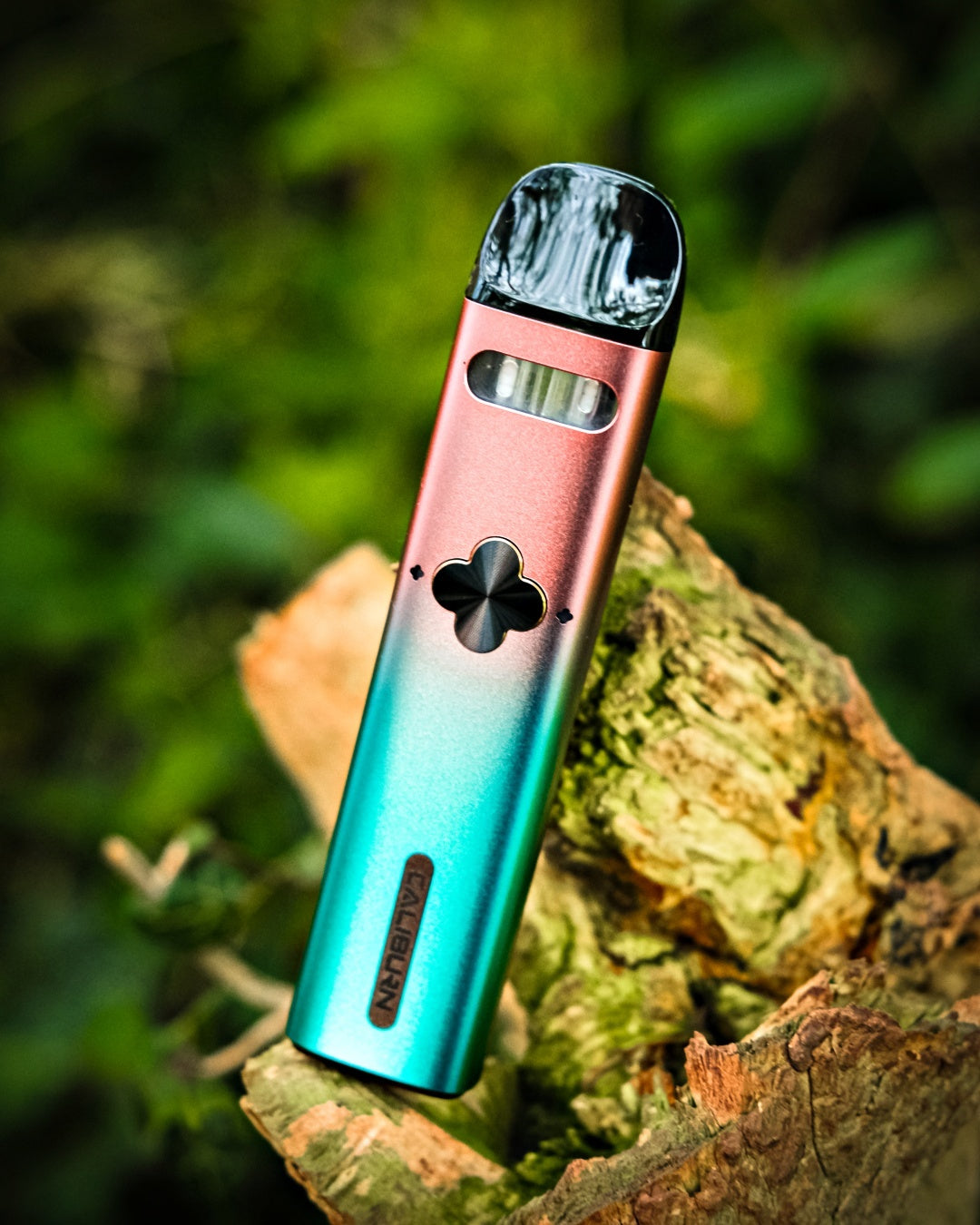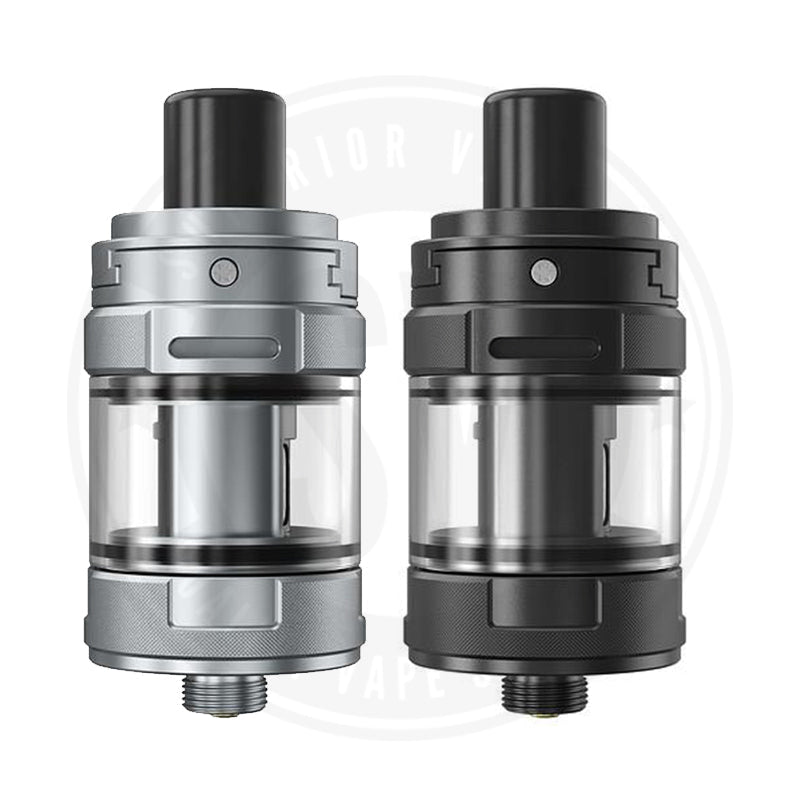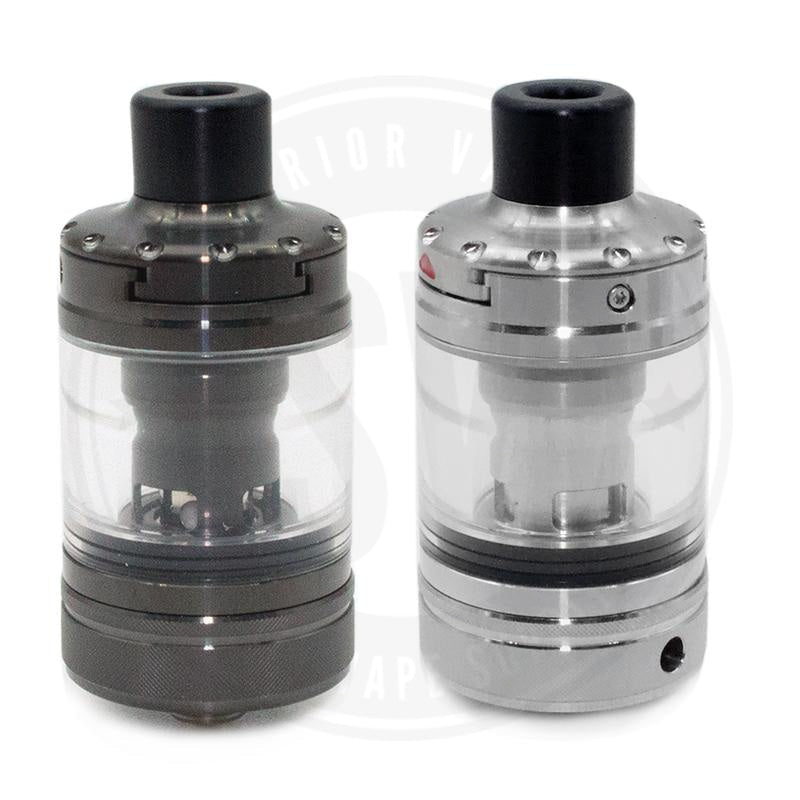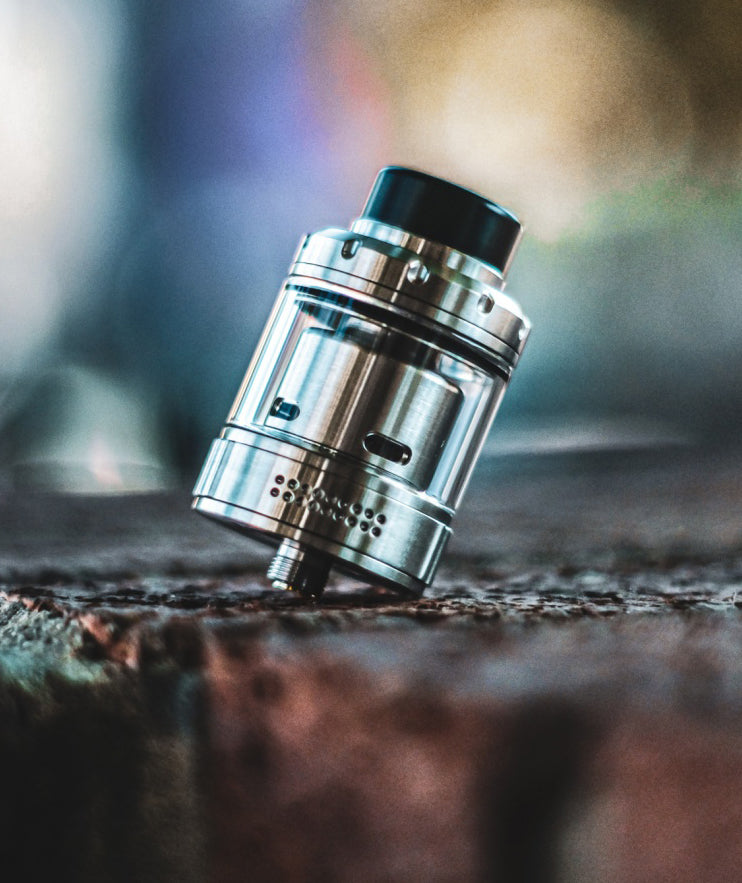To say that vaping has become vastly popular is a huge understatement – what started out as a little-known alternative to smoking has exploded, with over 2.9 million vapers in the United Kingdom alone. With that, vaping has become so much more than an efficient way to cessate a nasty habit and has developed its own culture, norms and followers. To testament it’s popularisation, the word “vape” was awarded the Word of the Year of 2014 by the Oxford Dictionary.
In fact, it was the subculture surrounding vaping that has driven forward many of the technological devices widely available on the market today. If it weren’t for two brothers Umer and Tariq Sheikh tinkering around, we wouldn’t have had the first cartomizer and a single disposable vaping unit. The history of vaping is filled with passionate vapers using their own initiative to DIY their own experience and advance the industry. Even today, with the wide range of high-quality gear on the market, vapers invest their time and effort into developing their own e-juices, designing custom vaping kits and pushing the limits of vapour production with sub-ohm vaping and cloud chasing.
But the culture surrounding vaping differs from country to country. While most countries haven’t outright banned vaping, some have enacted legislation that discourages its use and submerges the industry in stigma. Still, the number of vapers are increasing, with no signs of the upward trend stopping over the coming years. We want to take a look at how vaping is viewed by various countries and jurisdictions around the globe, and how legislation is affecting its acceptance into society.
Vaping in the UK
Vaping is extremely popular in the UK, with the industry marking a record £1bn profit in 2017 on the isles alone. Whilst the tabloid media in Britain have disseminated conflicting, and often fear mongering, reports about vaping - specifically health scares like popcorn lung - on the whole, vaping is widely accepted. Although initially hindered by the image of the ‘Vape Bro’ and dogged by bad etiquette claims, vaping is becoming increasingly popular, with more people making the switch over from smoking. Now, it’s not uncommon to see people vaping outside - and inside, where management permits it - in bars and pubs.
UK’s vaping scene was affected heavily by the Tobacco Products Directive, which was introduced in May 2016. The directive, which affected all EU member countries, posed several restrictions for electronic cigarettes containing nicotine. Understandably, the TPD simply wanted to make the vaping environment friendlier towards children, but it made several restrictions that vapers thought were unfair. The biggest claim being that it was unfair to lump vapes together with traditional cigarette products simply because a few e-cigs contained nicotine, when the purposes of each industry is wildly different.
In the wake of the Brexit vote, vapers were hoping that the EU rules would no longer apply, but legislation ruled that since the TPD was set in motion when UK was still in the EU, the British vape market would remain under their regulation. However, the industry hasn’t been too badly affected and modified their products to work inline with the restrictions. In other areas, the law is pretty lax when it comes to vaping. According to UK law, vaping laws in the workplace depend on the employer and private businesses were encouraged to create a different set of smoking rules in the workplace.
Vape culture, although popular in the UK, has yet to reach the level that it has in the US. Although there are a number of Vape expos and industry events held in Britain, and vape shops are beginning to delve further into the lifestyle, there are only a limited number of vape lounges in the country.
Vaping in the US
When it comes to vaping, the US and the UK have one thing in common: if a certain aspect of vaping is not regulated by law, then traditional tobacco or cigarette laws shall apply to it as well.
However, that’s where the similarities end. The UK is more open to indoor vaping, leaving the decision to the management of the building whether or not they’ll allow people to vape inside their premises. In the US, it’s completely different, not to mention complicated. You see, there’s no single law for vaping in the US, as the regulations vary depending on which state you are in.
While some states allow indoor vaping, others only allow it in bars but not restaurants. Others strictly prohibit vaping from all indoor spaces, including workplaces, restaurants, schools and churches. The list is extremely complicated as one state can have several rules on it depending on the city or county you’re in. Refer to this list for a complete rundown of indoor vaping bans in the US.
Despite the US lumping vapes and e-cigs together with traditional tobacco products, the vaping culture in the US is very much alive, with a total of 9 million users in North America, making it the largest vaping market in the world. The West Coast is the mecca of the vape industry, where there is a cluster of vape lounges, shops and a thriving culture spreading from Southern California down to Arizona, including the worldwide annual cloud chasing competition.
Vaping in Asia
Asia has the highest number of vape users in the world, but most of this is solely because of its high population. In fact, several countries in Asia tend to be more reserved and cautious when it comes to vape usage compared to the US and UK because of social norms, religion and other factors.
Malaysia has the largest vaping market in Asia, although it only has a total of 1 million users. Vaping easily became a huge trend in Malaysia, partly because it went unregulated by the government for the longest time. However, vape use in Malaysia is on the decline – while its government doesn’t feel the need to regulate vape use, religion is another matter. Recently, the National Fatwa Council forbade all Muslims from using vapes. Because the country’s population is 2/3 Islamic, several users have been forced to stop, or at the very least vape in secret.
Religion and social norms are also the reason why vape use in the Philippines has plateaued. Filipinos tend to pick up on new trends quite easily, so when the popularity of vaping started to rise, the country picked up on it quickly. However, the number of users started to slow down in recent years because of the country’s conservative nature. Furthermore, the country has enacted a nationwide public smoking ban, which included vaping. Even cafes with smoking areas prohibit vapes because of the thick smoke cloud that it produces.
China is one of the biggest manufacturers of vape kits and accessories, but strangely enough, it doesn’t have a lot of vape users. However, with the lack of regulations regarding vaping, there is a huge potential for market penetration in the next few years.
Although there are minute differences with how each country has dealt with the rising trend of vaping, the situation is basically the same. Vaping immediately finds favour with users who want to quit smoking, so its popularity soars, only to be shut down later by archaic regulations. It’s sad that governments in several countries can’t find it in themselves to consider vaping as a separate entity instead of lumping it together with smoking. They refuse to see its health benefits – it IS healthier than smoking – and focus on finding faults with it instead.
Despite the many regulations that discourage the use of vapes, the industry stands strong at 20 million current users, with millions of dollars being spent yearly on vape kits, vape devices & mods, e-juices and vaping accessories. As long as there are smokers who wish to quit smoking, and as long as there are people who want to enjoy the lifestyle without the relative health disadvantages, vaping will continue to be relevant and necessary.




















